The nine sons of the Chinese dragon
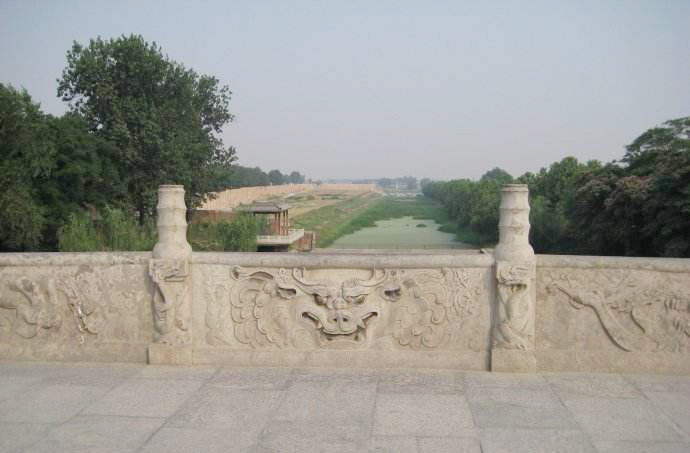
The image of Gongfu on the Zhaozhou Bridge at Zhao County, Hebei Province
Chiwen on the roofs of Wang’s Grand Courtyard in Lingshi County, Shanxi Province
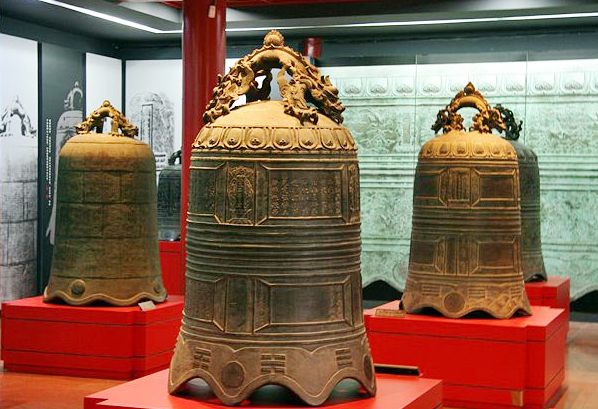
The images of Pulao on top of the bells at the Ancient Bell Museum inside the Big Bell Temple, Beijing
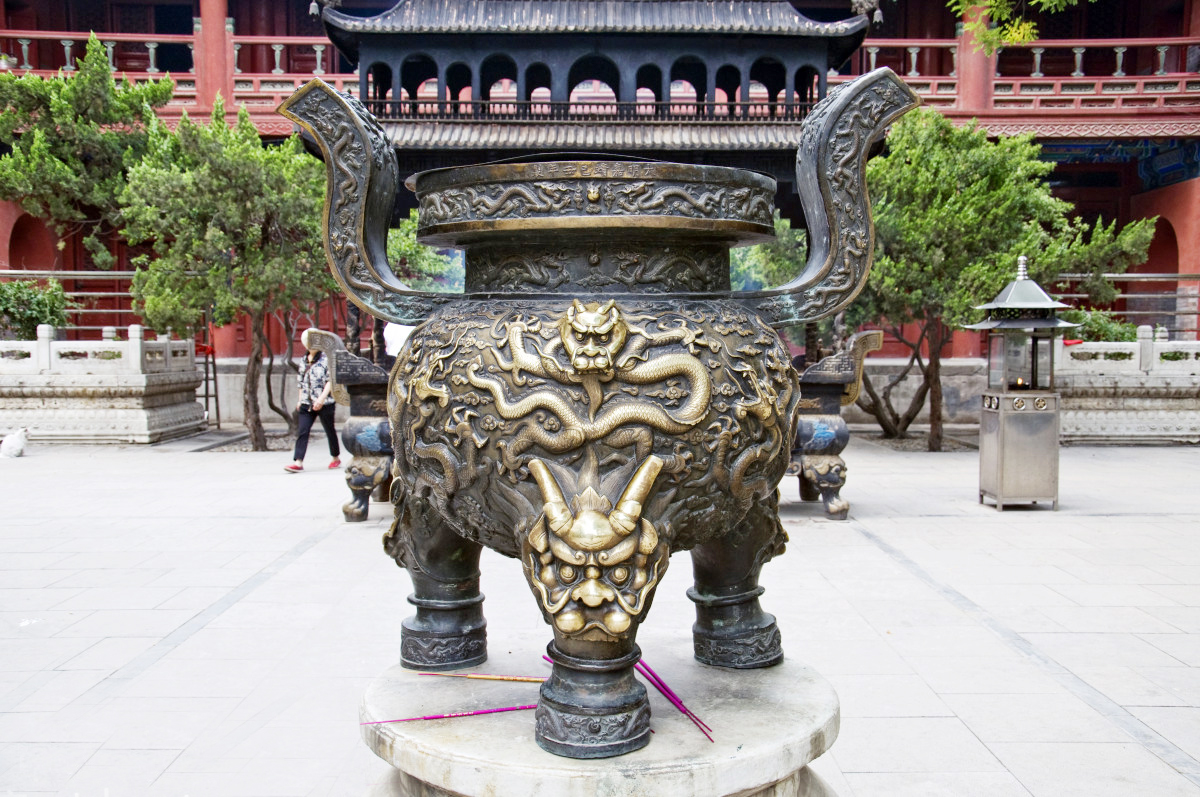
Jinni, also known as Suanni, on the giant incense burner at the Baiyun Taoist Temple in Beijing
-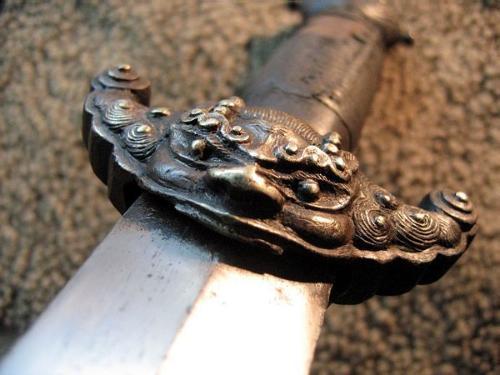
The image of Yazi on a sword
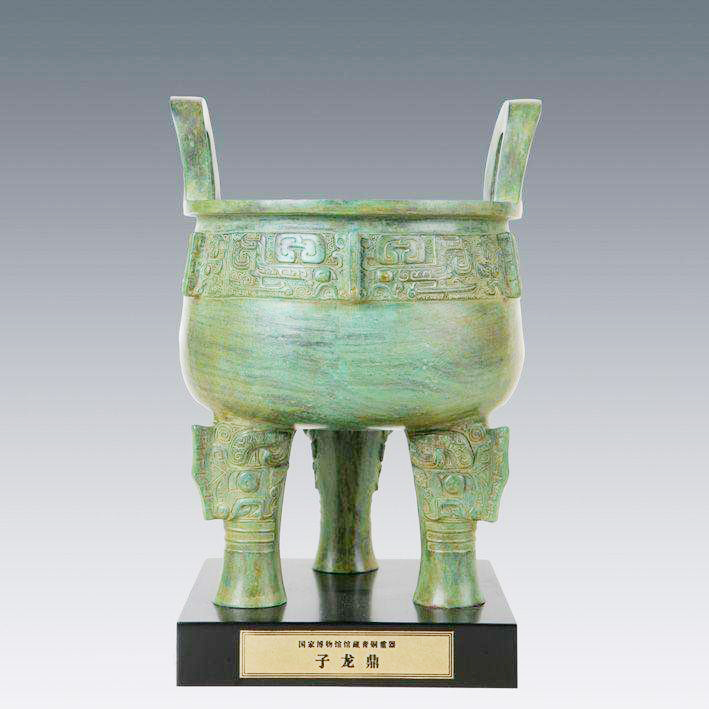
The image of Taotie on the Zilong Tripod, a cooking vessel in Shang Dynasty stored in National Museum of China
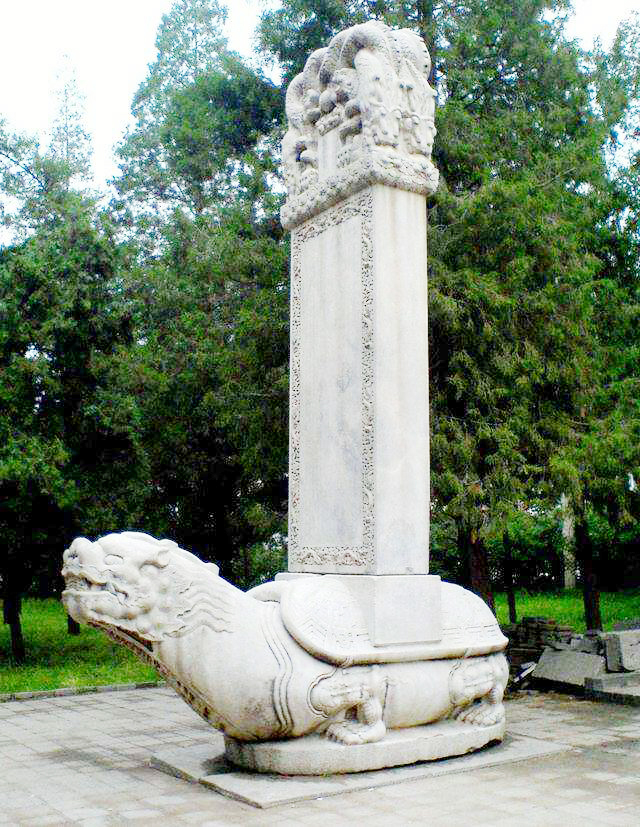
Bixi carries a monument with Fuxi encircling on the top at the Palace of Emperor Yu in Wuhan, Hubei Province.
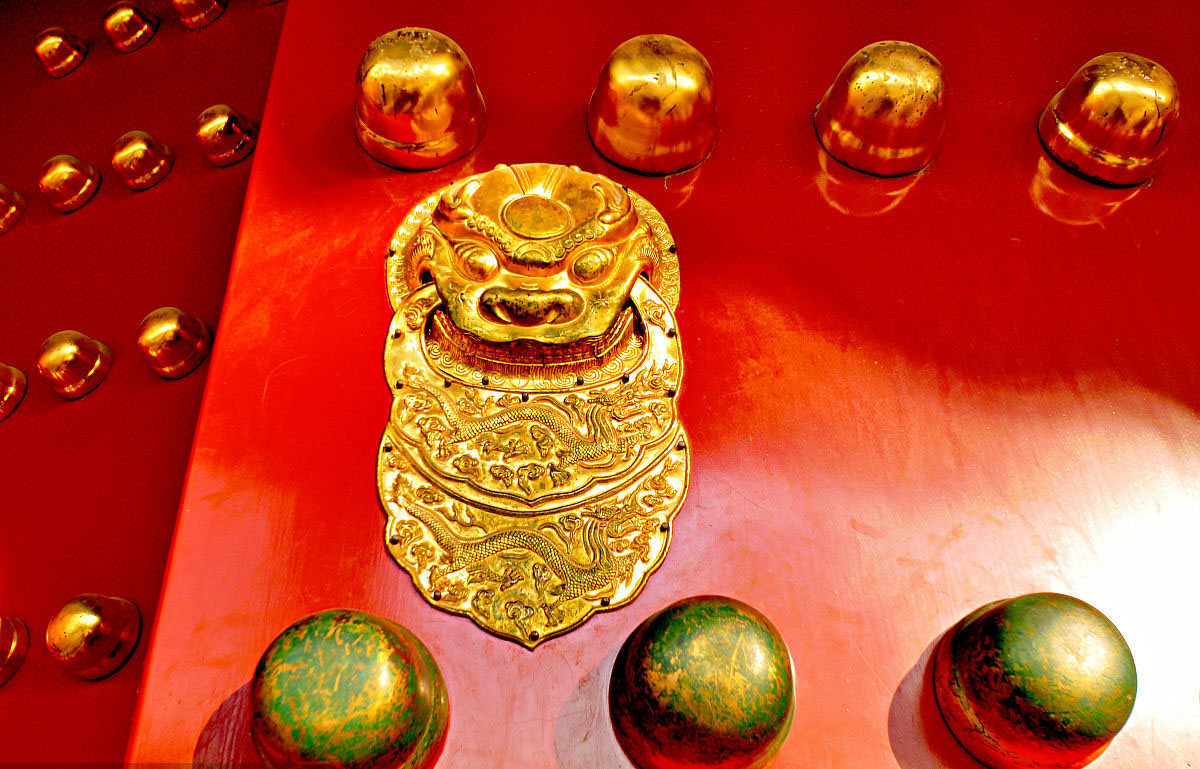
The image of Jiaotu on one of the gates of the Forbidden City
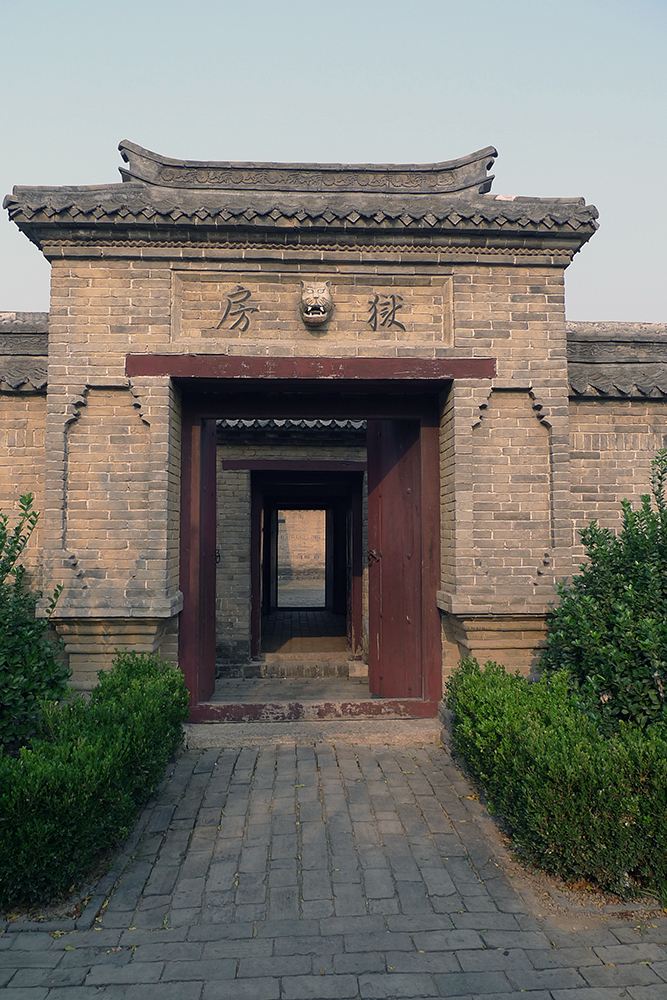
The image of Bi’an over the gate of and ancient Ming prison at Ye County in present-day Henan Province
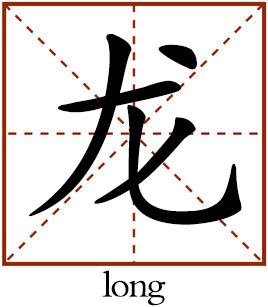
Long (dragons) in Chinese culture are the embodiment of many virtues, including perseverance, strength, justice, inclusiveness, enterprise and independence. Proudly claiming to be the descendants of a dragon, Chinese people willingly shoulder the responsibility of inheriting and carrying forward all these fine virtues.
Chinese parents generally have great expectations for their children. The idiom “Hoping one’s children become dragons” is reflective of this expectation. However, according to legend, instead of becoming dragons, all nine sons of the Chinese dragon chose their own careers, following their own hearts.
The symbols of these nine sons of the dragon appear as specific ornamental objects according to their nature, including bridges, temples, monuments, incense burners and swords, forming a unique part of Chinese dragon culture.
The proverb that “A dragon has nine sons, none of them resemble each other” is popular among the people. However, the identities of these nine sons remain a mystery. A tale goes that Emperor Xiaozong (r. 1487-1505) of the Ming Dynasty once discussed this issue with eminent scholar Li Dongyang.
Erudite though he was, Li could not answer this question. After meeting the emperor, Li discussed the issue with several fellow officials and made a list of the nine sons of the dragon.
Several works from the Ming Dynasty had different theories about what the nine sons of the dragon are, including, Miscellaneous Records from the Bean Garden, by Lu Rong (1436–1494) and Collection of Sheng’an by Yang Sheng’an (more famously known as Yang Shen). Another theory indicated the number “nine” in Chinese culture also means “many.” This casts doubt on the possibility of ever creating a comprehensive list.
According to the Collection of Sheng’an, the nine sons of the Chinese dragon are bixi (赑屃), chiwen (螭吻), pulao (蒲牢), bi’an (狴犴), taotie (饕餮), gongfu (蚣蝮), yazi (睚眦), jinni (金猊) and jiaotu (椒图).
Bixi are big tortoise-like animals that like to carry heavy objects. They are symbols of long life and happiness and are usually placed under grave-monuments. They are sometimes accompanied by fuxi (also a son of the dragon in other variations of the legend), which are fond of literature, encircling the sides of monuments.
Chiwen, with a dragon head and fish body, like to look down from a high place and they are placed on both ends of the ridgepoles of roofs to pray for rain and ward off fire.
Pulao is a sea animal that roars loudly when attacked by a whale. They are placed on the tops of bells, serving as handles. When struck by the whale-shaped mallet, the bell will roar loudly.
Bi’an, a tiger-shaped animal that is able to distinguish between right and wrong, is usually placed over prison gates or courts.
Taotie is a gluttonous animal with a human face and goat’s body. They usually appeared on the eating and cooking utensils.
Gongfu is a good swimmer and controls water. They are placed on the bridges or drainage facilities. Yazi is fiery, forthright and revengeful. They are usually engraved on sword guards.
Jinni, also known as suanni, is a quiet lion-shaped animal that likes smoke. They usually appear on the incense burners or pedestals of Buddha.
Jiaotu, which looks like a conch or clam, does not like to be disturbed. They are usually used on the front door or the doorstep.
CHEN ALONG is a correspondent with Chinese Social Sciences Today.
